 Spring is in full force! And with it comes Earth Day, a celebration of the day the modern environmental movement was born. Our friends at Earth Day Network are celebrating with acts of service, so why shouldn’t we? Read on to discover how you can serve on Earth Day this Sunday!
Spring is in full force! And with it comes Earth Day, a celebration of the day the modern environmental movement was born. Our friends at Earth Day Network are celebrating with acts of service, so why shouldn’t we? Read on to discover how you can serve on Earth Day this Sunday!
Go local Consider participating in a in a local environmental festival or event. If your community doesn’t have one, why not organize one? There is no better time than Earth Day to start a recycling competition at work or organize a cleanup day in your community!
Conserve water Turn off the faucet while you brush your teeth. Adjust your sprinklers so they don’t run in the middle of the day when the sun will simply absorb it. If you have a dishwasher, only run it when the machine is full. If you wash by hand, consider filling one side of the sink to wash in rather than leaving the faucet running. A few simple adjustments can make a world of different on your water footprint!
 Pledge an Act of Green Earth Day Network has set a goal of a billion Acts of Green. Be it big or small, pledge to do something good for the environment today!
Pledge an Act of Green Earth Day Network has set a goal of a billion Acts of Green. Be it big or small, pledge to do something good for the environment today!
Grow your own produce We encourage your to get out and embrace this beautiful spring weather, by starting your own garden. In addition for being good for the environment, food from one’s own garden just seems to taste better! Not sure how to get started? Check out our post on community gardens.
E-cycle Recycle and/or properly dispose of electronic waste such as computers and other gadgets. Dell, Hewlett Packard, Apple, and IBM, among others, offer recycling programs. Add e-cycling to your spring cleaning list!
Support your National Parks Volunteering at a National Park is a great way to spend Earth Day. Contribute to everyone’s enjoyment of the great outdoors while enjoying it yourself! The United States Forest Service has plenty of volunteer opportunities to get you started.
Pass on gas Take public transportation, carpool, plan your day to reduce trips and vehicle emissions. Consider using human powered modes of transportation to get from place to place! Walk, jog, skip, ride a bike instead.
Conserve energy Turn off lights and electronics when you leave the room. Unplug your cell phone charger from the wall when not using it. Turn off energy strips and surge protectors when not in use (especially overnight).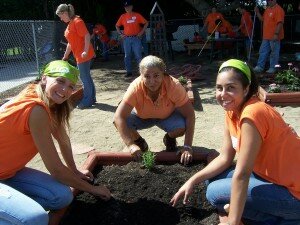
Go zero Log on to the Conservation Fund’s Carbon Zero Calculator and in less than five minutes, you can measure and then offset your carbon dioxide emissions by planting trees.
Spread the word Do you use social media? If you have friends and followers, consider loaning some of your social media updates to raise awareness of World Water Day. Social media is a powerful tool, and you may very well incite your friends to action!
How do you plan to celebrate Earth Day on April 22? Let us know in the comments below!

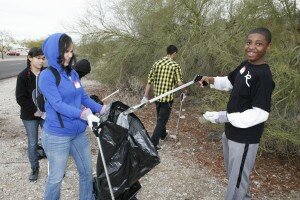

 Keeping your community beautiful is a great way to better your economy, environment and well-being. This month get out and take pride in your community’s appearance. Let’s clean up our neighborhoods and make every month Keep America Beautiful Month!
Keeping your community beautiful is a great way to better your economy, environment and well-being. This month get out and take pride in your community’s appearance. Let’s clean up our neighborhoods and make every month Keep America Beautiful Month!
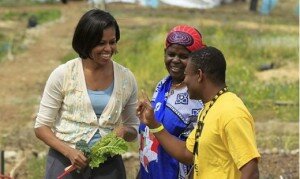 ulates your community’s economy. Since money remains in your community, your community becomes more desirable to potential residents and businesses.
ulates your community’s economy. Since money remains in your community, your community becomes more desirable to potential residents and businesses.

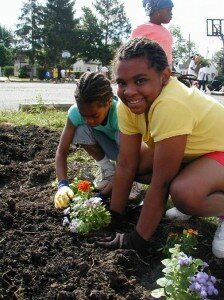 Today at
Today at 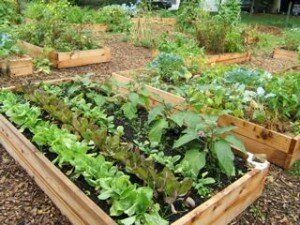 to play a role in the garden activities. These members will be vital in funding the garden, keeping up with its maintenance, and planning events.
to play a role in the garden activities. These members will be vital in funding the garden, keeping up with its maintenance, and planning events.
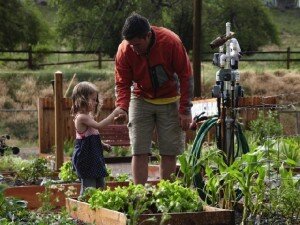 exchange phone numbers or email addresses, it is important that all members can get in touch with each other in case anything comes up. It will also help maintain that sense of community between all those involved!
exchange phone numbers or email addresses, it is important that all members can get in touch with each other in case anything comes up. It will also help maintain that sense of community between all those involved!
 Happy World Water Day! It only makes sense that element that we rely on for life itself should have its very own day. World Water Day was instituted by the United Nations to remind us that much of the world still faces a global water, sanitation and hygiene crisis, and that it is our urgent obligation to act.
Happy World Water Day! It only makes sense that element that we rely on for life itself should have its very own day. World Water Day was instituted by the United Nations to remind us that much of the world still faces a global water, sanitation and hygiene crisis, and that it is our urgent obligation to act.


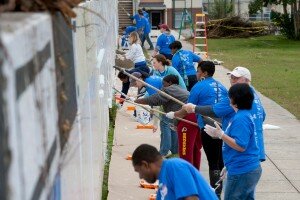
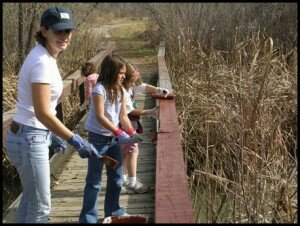 at your local park will allow you to appreciate and preserve your local park.
at your local park will allow you to appreciate and preserve your local park.

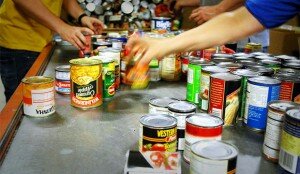 Hunger or Housing. From big to small projects there are tons of ways that you can help tackle this issue in your community! Help cook and serve meals at a soup kitchen, gather clothing and donate it to your local shelter, make toiletry kits for the homeless, make care packages full of winter clothing for your local children’s shelter, help repair a local homeless shelter, or partner with
Hunger or Housing. From big to small projects there are tons of ways that you can help tackle this issue in your community! Help cook and serve meals at a soup kitchen, gather clothing and donate it to your local shelter, make toiletry kits for the homeless, make care packages full of winter clothing for your local children’s shelter, help repair a local homeless shelter, or partner with  Education. Education has become a big topic in the media over the years; there are many ways that you can help improve your community’s education system through volunteering. Ideas include raising money for Braille or large print books for the visually impaired, plan a school supply drive to assemble “back to school” kits for your local schools, set up a buddy system for kids needing friends, bring toys to hospitalized children, read books or the newspaper to visually impaired individuals, raise money to purchase and install playground equipment.
Education. Education has become a big topic in the media over the years; there are many ways that you can help improve your community’s education system through volunteering. Ideas include raising money for Braille or large print books for the visually impaired, plan a school supply drive to assemble “back to school” kits for your local schools, set up a buddy system for kids needing friends, bring toys to hospitalized children, read books or the newspaper to visually impaired individuals, raise money to purchase and install playground equipment. This year’s
This year’s 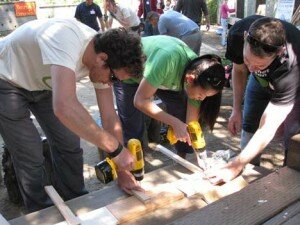 Looking at the impact of volunteers highlights the individual, institutional, and community change that volunteers can bring about through their service. Sessions in the impact track focus on specific solutions that volunteers can bring to
Looking at the impact of volunteers highlights the individual, institutional, and community change that volunteers can bring about through their service. Sessions in the impact track focus on specific solutions that volunteers can bring to  Boomers and
Boomers and  Start the project off easy. Try to set up the project in a way that’s easy to understand for your younger volunteers. Take some time to bring them all together to talk about what you’re going to do that day and why you’re planning on doing it. If there’s enough time built into your project, try taking the time to read The Lorax with your volunteers.
Start the project off easy. Try to set up the project in a way that’s easy to understand for your younger volunteers. Take some time to bring them all together to talk about what you’re going to do that day and why you’re planning on doing it. If there’s enough time built into your project, try taking the time to read The Lorax with your volunteers.

